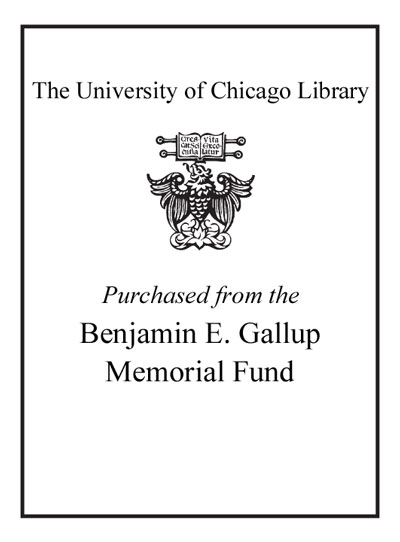Review by Choice Review
Santow (history, Univ. of Massachusetts, Dartmouth) has written an intricate and intense work that serves several purposes. As the title implies, this treatise explains the vocational development of Saul Alinsky, the famous organizer of the post--WW II and Cold War periods who led the movement to create community federations in Chicago and eventually in the entire country. The author also identifies Alinsky's individual and institutional allies and opponents over the years, both religious and secular. Santow describes the behaviors of various class and racial groups in response to the pressures inflicted upon them from several directions, which continue into the 21st century because of the social and economic difficulties presented by a society of contradictory values concerning human rights, private property, local democracy, and the large-scale coordination needed to determine national conditions. Further, the author recognizes the policy and purely political pressures wrought by both individual and institutional interests and rivalries. Santow notes that, by Alinskian measures, progress has been achieved in confronting the class-race dilemmas in the US, but his superb layout of the problems leaves readers to come up with viable solutions. Summing Up: Recommended. Lower-division undergraduates through faculty; professionals. --James Alan Young, emeritus, Edinboro University of PA
Copyright American Library Association, used with permission.
Review by Choice Review

